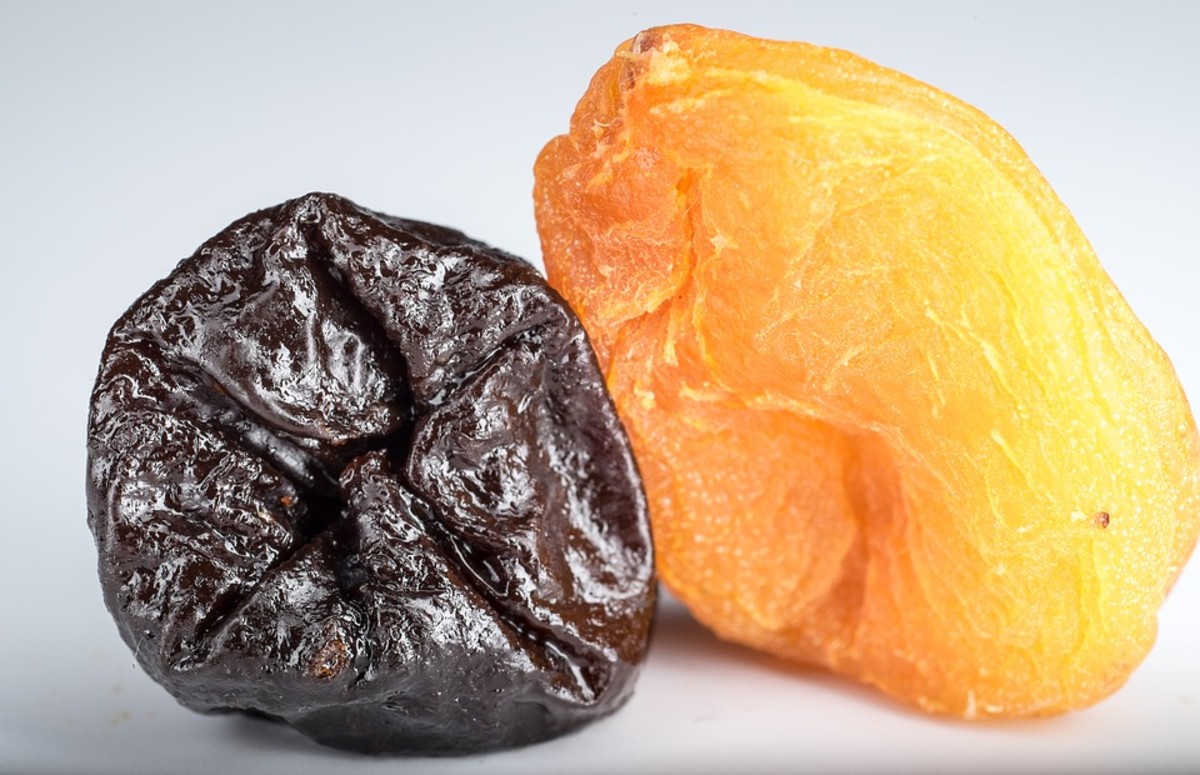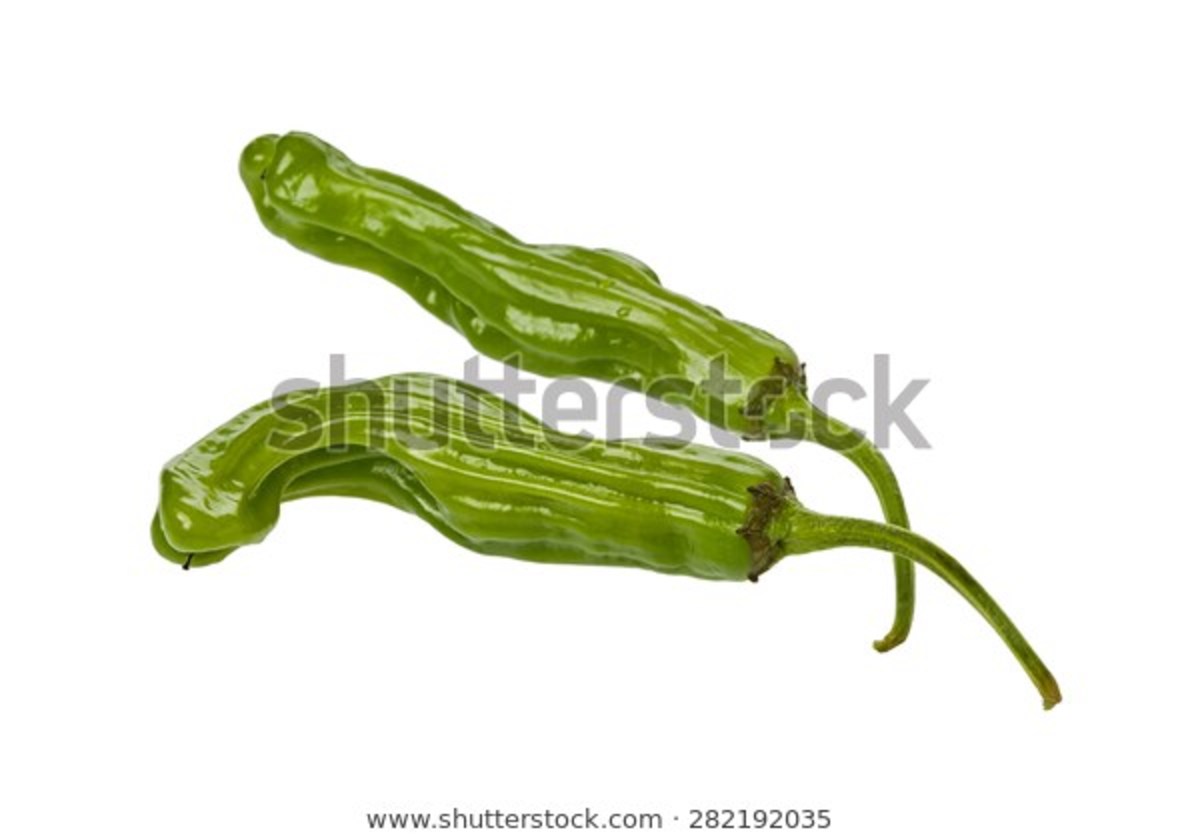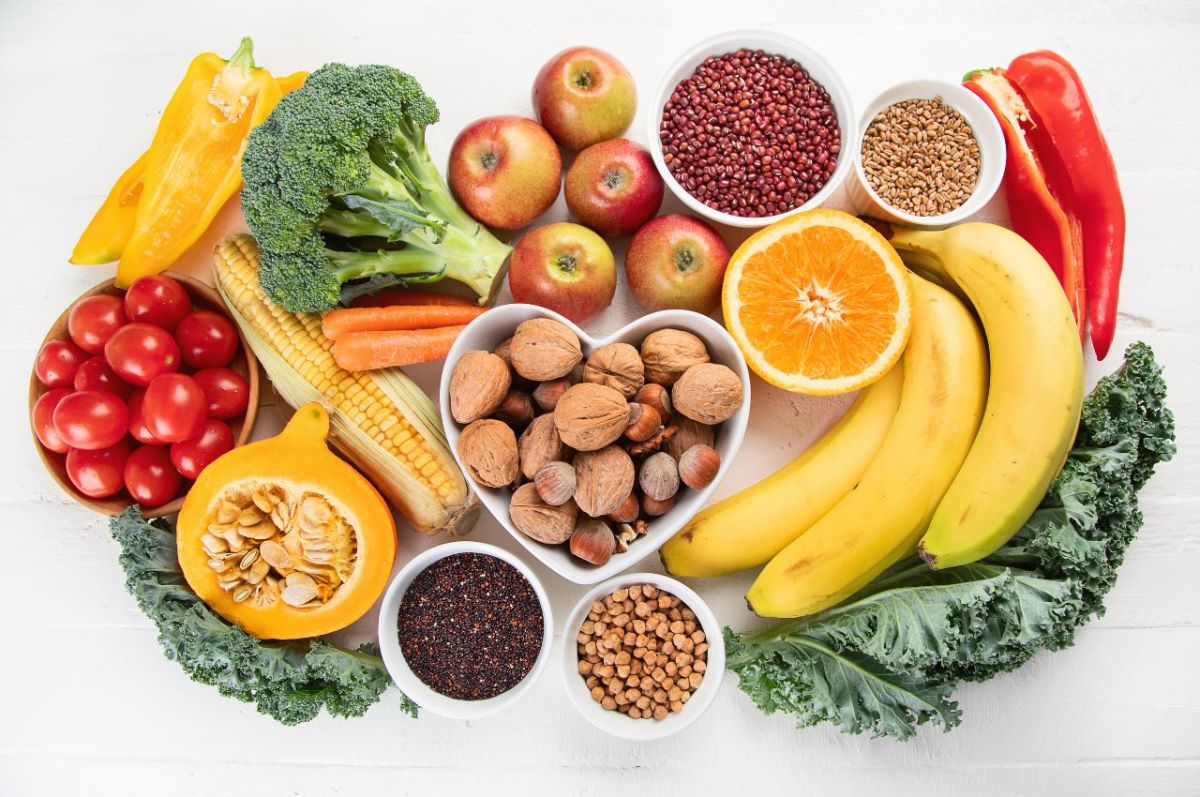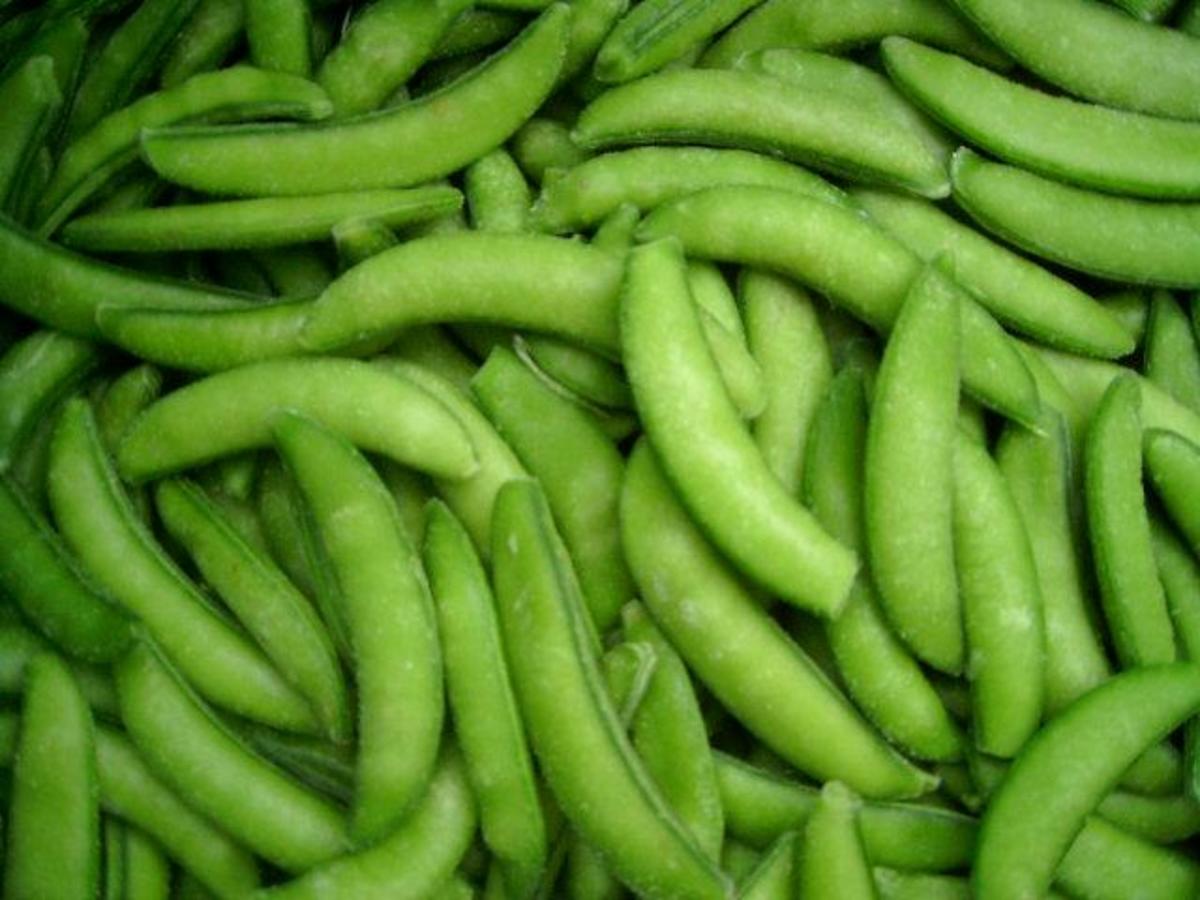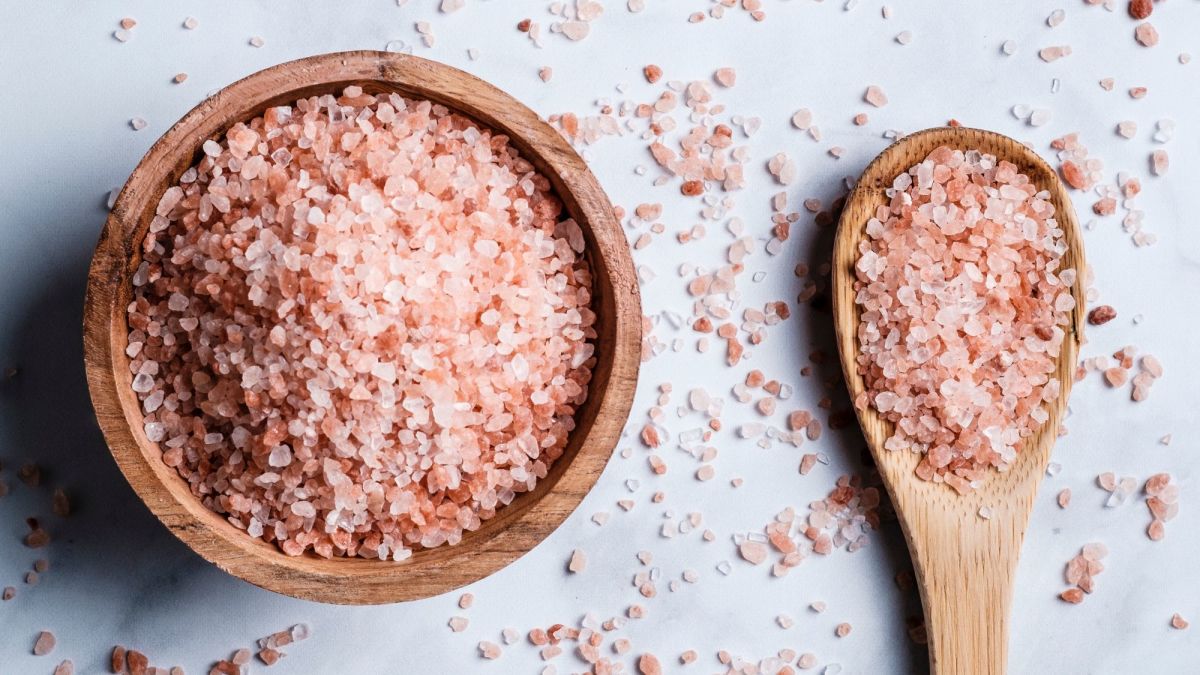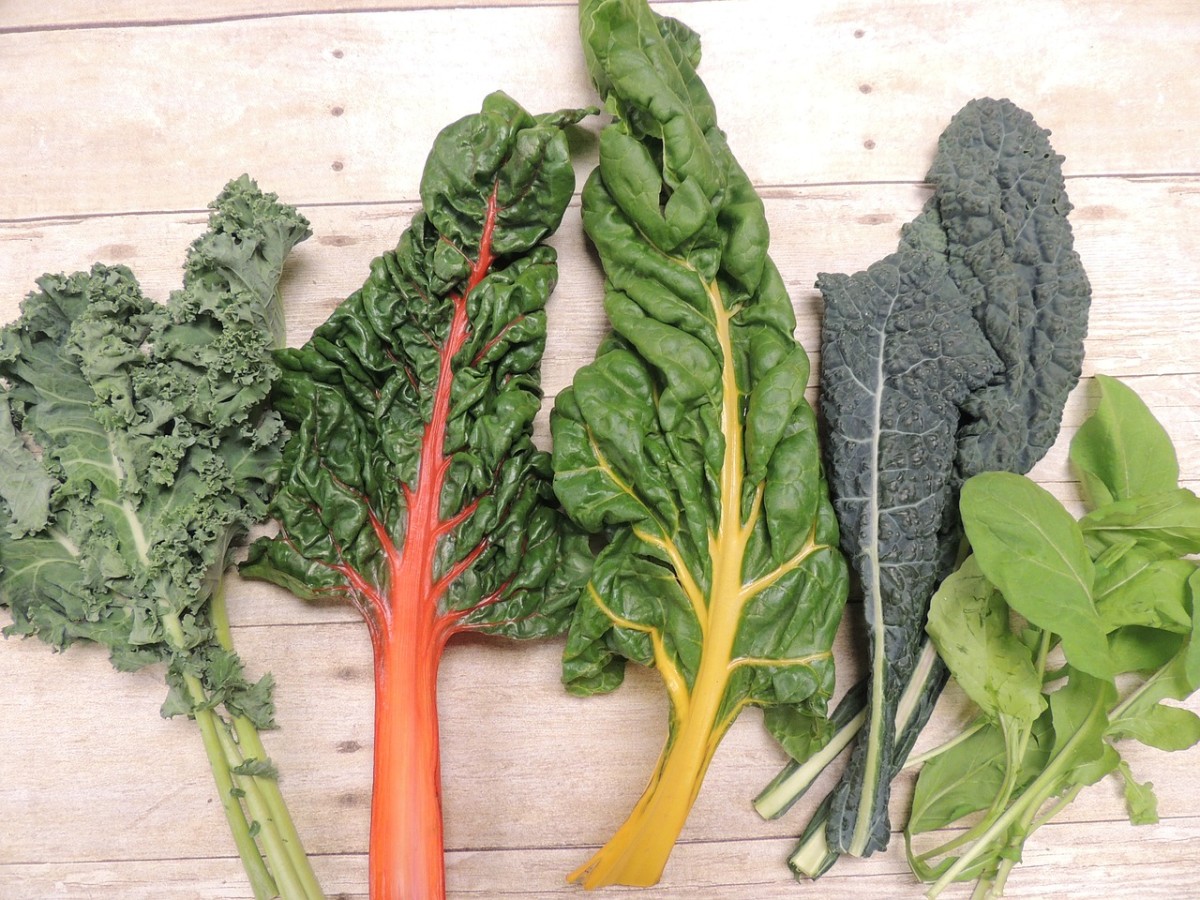Healthy Gardening: Top Ten Easy To Grow Sources of Dietary Fiber
Although dietary fiber has little direct nutritional value, it is still one of the most important elements of your diet.
Because fiber-rich foods are typically high in "bulk" but low in calories, a fiber rich diet is especially beneficial for those trying to lose weight. People who eat diets high in fiber also have significantly reduced rates of heart disease, type 2 diabetes, and certain types of cancer because dietary fiber helps the body regulate blood sugar levels, maintain healthy hormone balance, and lower blood cholesterol levels.
Dietary fiber is also extremely important for healthy gastro-intestinal function, but if your typical diet is low in fiber, it's important not to add too much fiber in too suddenly, as this can lead to uncomfortable and embarrassing bouts of gas. Adding fiber gradually will allow your digestive system to adapt comfortably, and quietly!
Although fiber supplements are available, a much tastier way to add fiber into your diet is to increase your consumption of fruits and vegetables. Fortunately, many of the most fiber-rich fruits and vegetables are very easy to grow in most regions of the United States!
Here are the top ten easy to grow sources of dietary fiber:
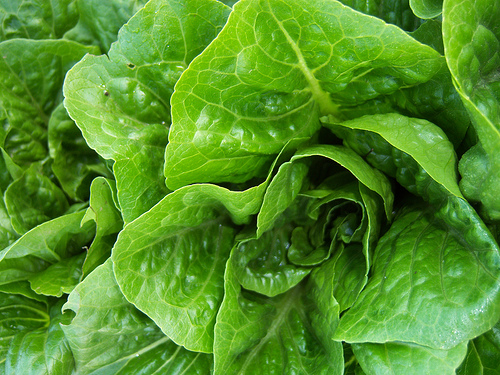
Recommended Gardening Books
Top Ten Easy To Grow Sources of Dietary Fiber
- Romaine Lettuce. Romaine lettuce is one of the most popular members of a family of vegetables known as the leafy greens. Leafy green vegetables are widely considered to be the single most healthy family of vegetables for humans to eat. In addition to high levels of dietary fiber, they also contain high levels of iron, magnesium, vitamin A, vitamin C, vitamin K, and many other essential nutrients. Other fiber-rich and easy to grow leafy greens include spinach, turnip greens, mustard greens, collard greens, swiss chard, and kale.
- Raspberries. These tasty and easy to grow berries are rich in fiber, vitamin C, manganese, folic acid, and more. Other yummy berries high in fiber include strawberries and blueberries.
- Cauliflower. The cruciferous vegetables are another of the vegetable families considered the most healthy. Caulflower is an excellent source of fiber, vitamin C, vitamin K, folic acid, omega 3 fatty acids, and many more important nutrients. Other easy to grow, nutrient-packed cruciferous vegetables high in fiber include broccoli, cabbage, and brussels sprouts.
- Celery. Most people think of celery as being little more than crunchy water, but in fact, celery is a rich source of fiber, vitamin C, vitamin K, potassium, folic acid, and a number of other nutrients. Nutrient-rich, yet low in calories, celery is one of the quintessential diet foods for good reason!
- Green beans. As a nitrogen-fixing legume, green beans are not only great for you, they're great for your garden too! Legumes enrich the soil and improve the health of neighboring plants without need for nitrogen fertilizers and other chemicals. Because they come with their own built-in fertilizer, green beans are easy to grow, economical, and prolific. In addition to high levels of fiber, they are great sources of vitamin K, vitamin C, vitamin A, iron, potassium, folic acid, and many other nutrients. Another legume that is a good source of fiber is green peas.
- Eggplant. Although eggplant has a bit of an exotic reputation, it is actually easy to grow. Eggplant is a good source of fiber, potassium, manganese, copper and several of the B vitamins.
- Bell peppers. Although a good source of fiber, fiber is not the most outstanding nutrient of bell peppers. A single cup of raw red bell peppers (great on salads) provides nearly 300% of your daily allotment of vitamin C, and over 100% of your daily allotment of vitamin A! They are also rich in vitamin B6, folic acid, manganese, and more. Bell peppers are also very easy to grow in most regions of the United States.
- Carrots. Carrots like a deep bed to stretch down their roots, so I recommend double digging if you decide to grow them. Otherwise, they are easy to grow and a fantastic source of dietary fiber, vitamin A, vitamin C, vitamin K, and potassium.
- Asparagus. Another vegetable with a fancy reputation that is actually easy to grow in the home garden, asparagus is a great source of fiber, protein, folic acid, phosphorus, and vitamins K, A, C, B1, B2, B3, and B6.
- Apricots. Growing your own fruit allows you to eat the fiber-rich skins without worrying about the high levels of pesticide residues found on many commercially grown tree fruits. Apricots are one of the most fiber-rich tree fruits, they are also great sources of vitamin A and vitamin C. Other fiber-rich tree fruits include apples, pears, peaches, and plums.


![Local Flavors: Cooking and Eating from America's Farmers' Markets [A Cookbook]](https://m.media-amazon.com/images/I/511LEVgYpQL._SL160_.jpg)
